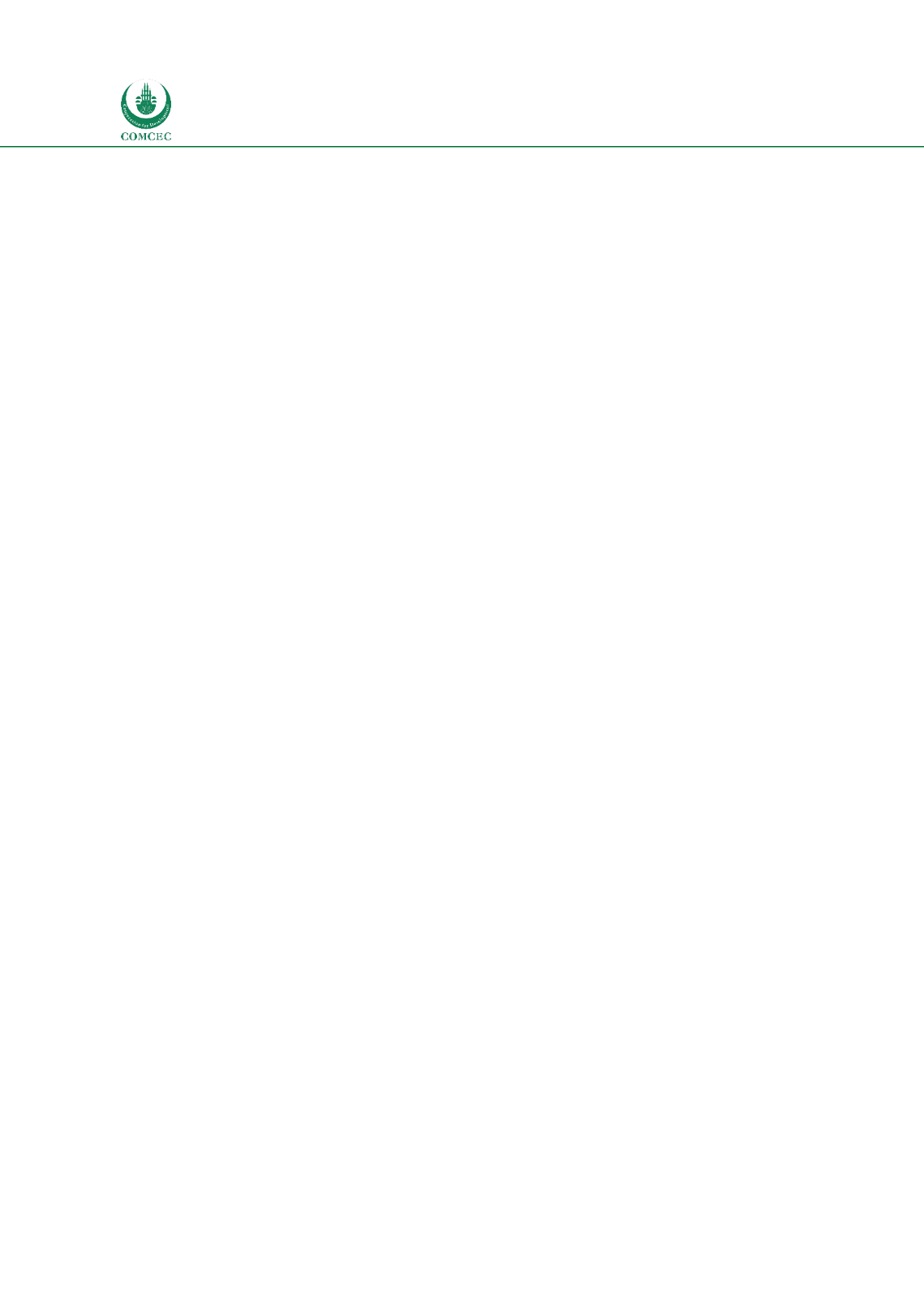

National and Global Islamic Financial Architecture:
Problems and Possible Solutions for the OIC Member Countries
88
Securities, the issuer of the sukuk must provide the latest audited financial statements to
investors throughout the life of the certificate. Before issuing an Islamic medium-term note
(MTN), the issuer must make available a pricing supplement that specifies, among others, the
credit rating, coupon/profit rate, and how the proceeds will be utilized (BNM 2014: 27).
Rating Agencies
Credit Rating Agencies (CRAs) operate under the purview of the SCM which first introduced
the regulatory framework for CRAs in 2006. The regulatory guidelines were revised in 2010
after the global financial crisis when IOSCO came up with the new
Objectives and Principles of
Securities Regulations
. SCM published
Guidelines on Registration of Credit Ratings Agencies
to
regulate the CRAs in 2011. The Guideline identifies ‘Approach to rating
sukuk
(Islamic bonds)’
as one of the methodologies that should be developed and disclosed by CRAs.
The country has two registered ratings agencies: RAM Rating Services Berhad (RAM) and
Malaysian Rating Corporation Berhad (MARC). Other than ratings corporations, RAM rates
securities/issues to ascertain the capacity and willingness of the issuer to meet the financial
obligations. Currently, RAM provides short-term and long-term ratings for debt-based sukuk
and partnership based sukuk. While the ratings provide indications on the credit-worthiness of
different
sukuk
, they do not assess the Shariah compliance features of these structures.
MARC also provides short-term and long term ratings for Islamic capital market instruments
which include sukuk and those issued using various Shariah compliant modes of financing and
non-fixed income obligations (MARC 2011). MARC also provides ratings on the status of
corporate governance of Islamic financial institutions.
4.4.6. Consumer Protection Architecture
Consumer Protection and Financial Literacy
The Financial Sector Blueprint 2011-2020 recognizes the empowerment of consumers by
protecting and educating them to be one of the key enablers of the development of the financial
sector in the country (BNM 2011). While the Consumer Protection Act of 1999 covers
consumer protection issues of all types of consumers, specific issues arising for consumers of
the financial sector can be found in IFSA 2013 and the different regulatory guidelines of BNM.
IFSA 2013 introduced higher levels of consumer protection and Shari’ah governance in takaful
companies. Part IX of the Act entitled
Business Conduct and Consumer Protection
deals with
various issues that includes business conduct, complaints, disputes, information and secrecy,
etc.
BNM has taken different initiatives that enhance consumers of financial products and the
Consumer and Market Conduct Department, a unit within BNM, oversees consumer related
issues. The regulatory guidelines require all financial institutions regulated by BNM to have
complaint units where consumers can lodge complaints that need redressing (BNM 2016b). An
agency called Agensi Kaunseling dan Pengurusan Kredit (AKPK) was established by BNM in
2006 to provide advice, education and debt counseling on debt management to individuals.
The Financial Mediation Bureau (FMB) was set up to provide an efficient platform to resolve
the disputes, claims and complaints of consumers of financial institutions including Islamic
banks and
takaful
operators.
















